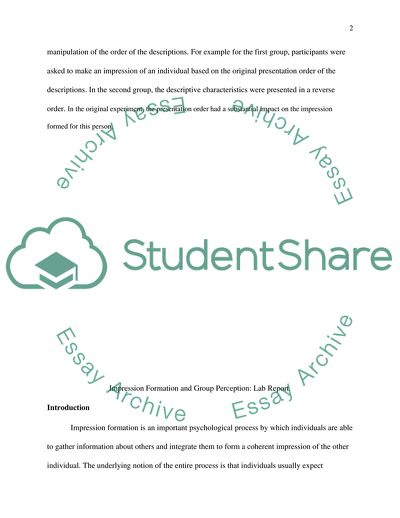Cite this document
(Impression Formation and Group Perception Lab Report - 1, n.d.)
Impression Formation and Group Perception Lab Report - 1. https://studentshare.org/psychology/1791827-lab-report-on-impression-formation-and-group-perception
Impression Formation and Group Perception Lab Report - 1. https://studentshare.org/psychology/1791827-lab-report-on-impression-formation-and-group-perception
(Impression Formation and Group Perception Lab Report - 1)
Impression Formation and Group Perception Lab Report - 1. https://studentshare.org/psychology/1791827-lab-report-on-impression-formation-and-group-perception.
Impression Formation and Group Perception Lab Report - 1. https://studentshare.org/psychology/1791827-lab-report-on-impression-formation-and-group-perception.
“Impression Formation and Group Perception Lab Report - 1”. https://studentshare.org/psychology/1791827-lab-report-on-impression-formation-and-group-perception.


